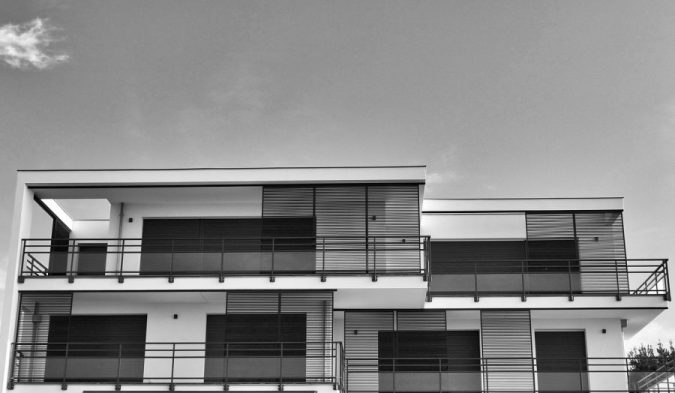As a homeowner, issues with critical components like the roof are frequently a nightmare we prefer to neglect until we’re forced to deal with it. But specific indicators tell you if you need an altogether new one. Ignoring and delaying the replacement can make the problem and its solution more expensive and complex.
This article provides five critical indicators that your house needs a new residential roof.
5 Signs That You Need a New Roof



1 – The shingles are past their useful lifespan.
Less like a warning indication than a general rule, age is a reliable sign to know if you need a replacement. If you installed your roof correctly with quality materials, you could estimate a lifespan of twelve to fifteen years (or longer in the case of metal materials or upgraded shingles). You should likely replace a roof if it is near the end of its useful life. Do not forget that structural damage only grows worse over time.
To estimate the lifespan of your roof, you should check your home records. If the materials were placed over an existing layer of shingles, they may not last as long.
2 – The roof (outside) or attic ceiling (inside) sags
At first glance, a sagging ceiling may not seem like much of an issue, but it might imply a leak in the ceiling is causing moisture in the roof and has gone unnoticed.
After touching the sagging ceiling with a broomstick or a hand: if it looks delicate or it feels like soggy cardboard, it is most probably the result of excessive moisture from a leak. You shouldn’t ignore a sagging ceiling and consult an expert as soon as possible.
It’s necessary to clear your ceiling from rainwater and ensure that your ceiling materials are of high quality and installed correctly to protect your roof from sagging.
3 – You need a new roof if you have severe water damage
A pretty obvious indicator that it is failing to do its job is apparent water damage inside the house. Ice dams, damaged roofs, degraded flashing, or improper installation methods could all be responsible for this damage.
Whatever the case, owners should immediately consider replacing or fixing their roofs because leaks don’t go away on their own. Mold growth and pests like carpenter ants can develop from a leaky roof.
4 – You need a new roof if you’re missing shingles
This happens when the bottom’s adhesive separates from the course beneath, and the shingle deteriorates. A shingle can quickly release with a wind gust. Improper installation may occasionally be the root of the problem.
The structure itself might be back in great shape after a quick repair; however, the shingle color might not perfectly match.
5 – You have weakened support decking
Decking is your roof’s foundation and supports all other structural layers, such as the shingles, flashing, and underlayment. As a result, any damage to decking will also affect your roof’s other components. Your structural decking may twist, bend, or rot if water gets inside of it.
When this happens, the wood cannot sustain the pressure of the rest of your structure. This might have very adverse effects, including possibly collapsing your entire roof.



Final Thoughts on Installing a New Roof
Sometimes the red flags that your roof needs to be replaced are very subtle. It might be too late if you wait until your shingles turn into some weird colors or there’s water leaking. Once the damage reveals itself inside your house, you might have missed your opportunity to replace your shingles without a full replacement. Starting again from scratch is probably the only option.
How to avoid this situation? Perform home exterior inspections twice a year–that includes peeking at your gutter, roof, and the condition of the shingles. If you see minor damage during the walk-around, attend to those things before they grow worse.





